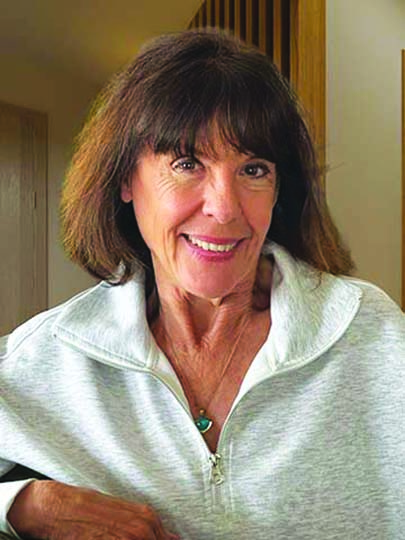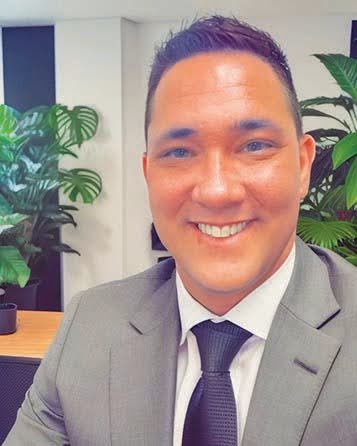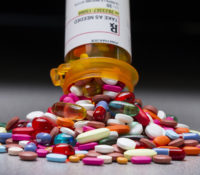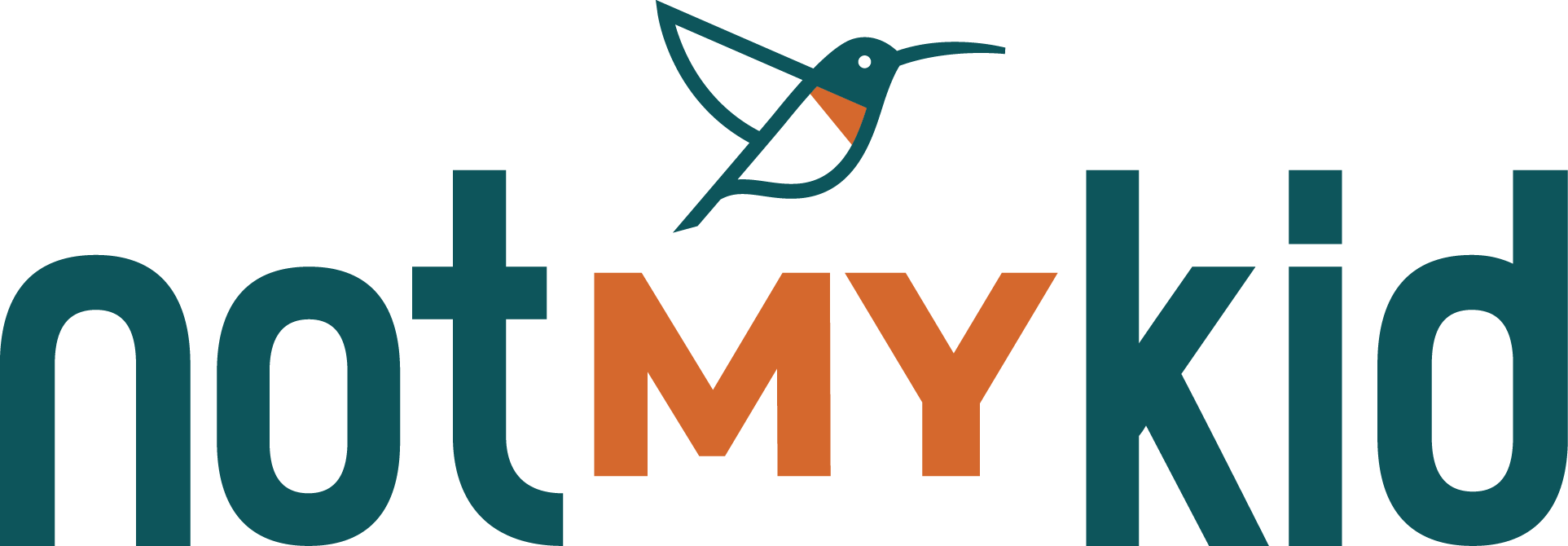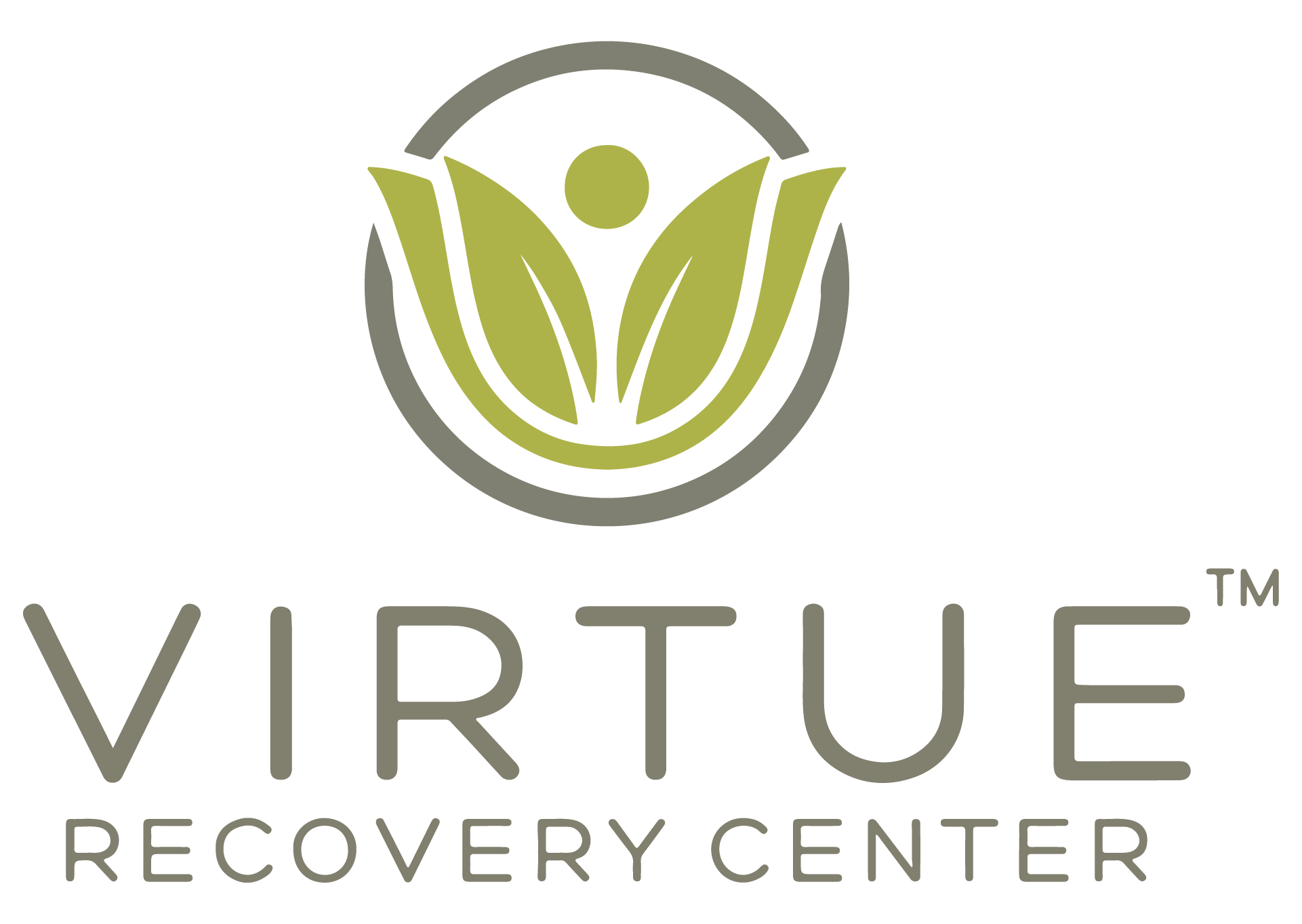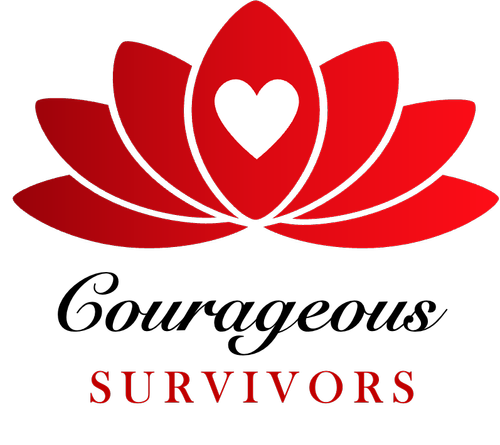Adapted from newly released Unspoken Legacy
Claudia Black, Ph.D., Senior Fellow of The Meadows and Clinical Architect of the
Claudia Black Young Adult Center at The Meadows
When most of us wake up in the morning, we can reasonably assume that our home, our family, our job or school, and our primary relationships will still be there when we go to bed that night. We can also expect that the way someone treats us that morning will be more or less how he or she treats us that evening. Our world is generally stable, and we expect it to stay that way. And, most of the time, it does.
This is not true in an addicted family, where nothing is ever stable or predictable. Everything is confusing and unknown; anything can happen at any time. No one knows who is responsible for what because the normal boundaries have been shattered. No one has any idea how to make anything better. And everyone is constantly anxious, frightened, worried, and confused. You never know when something small—a dirty plate in the sink, a bad haircut, a thermostat set a degree too high—might turn into a catastrophe. As a result, family members become apprehensive about the smallest decisions. Meanwhile, outrageous and hurtful things and major, deeply important life decisions may go ignored and unaddressed. There is no more perfect recipe than this for creating trauma.
A Steady Diet of Trauma
When a family is ill with the disease of addiction, its members are much more likely to experience trauma than non-addicted families. That trauma is also likely to be more serious and more painful, and it is likely to take longer to heal. In short, addiction worsens every dimension of trauma.
Addiction creates chronic losses for everyone in the family system: a loss of trust, connection, intimacy, stability, honesty, fun, clear communication, safety, and healthy boundaries. And that’s just in the earlier stages of addiction. As the disease progresses, family members also lose jobs, relationships, financial stability, health, and sanity. Children often lose their childhoods by being forced to take on adult family roles. Sometimes people lose their lives.
As one loss gets compounded upon another, the result is usually trauma. In addition to the many losses, chronic emotional abuse is especially prevalent in addictive family systems. It can take any or all of these forms:
- Verbal abuse (ridicule, name calling, etc.)
- Severe criticism and blaming
- Lack of expressed love, care, and concern
- Unrealistic expectations
- Shaming and humiliation
- Broken promises
- Lying
- Unpredictability
- Sudden rages or ravings
- Overly harsh (or outright cruel) punishment
- Being forced into physically dangerous situations (such as being in a vehicle with an impaired driver)
- Breakup or abandonment of the family
The Trauma of Physical and Sexual Abuse
In homes where there is substance abuse, kids are 2.7 times more likely to be physically and/or sexually abused. In a related study, in which I was one of the researchers, we found that in alcoholic families fathers were 10 times more likely, mothers four times more likely, and siblings twice as likely to be physically abusive to a child or sibling.
There’s more. In a family where there is substance abuse, daughters are twice as likely to be sexually abused than in other families; sons are four times as likely to be sexually abused — both by family members and by people outside of the immediate family. My clinical experience suggests that usually there is more than one abuser.
We don’t have good statistics on physical and sexual abuse in homes where there is a process addiction, but my forty-plus years of working with addicted families suggests that the numbers are similar.
Here is what else we know about abuse in addictive family systems:
The ultimate act of physical abuse is murder; however, far more common abuse involves being hit, slapped, shoved, kicked, pinched, or slammed against a wall.
In addicted families, discipline or punishment can often turn into abuse. This typically takes the form of extreme and inappropriate punishment. For example, forcing a child to stand on one foot for ten minutes, and then beating him when he falls over. In other cases, addiction can turn a somewhat less harsh punishment into abuse, such as when a child is sent outside to stand on a cold porch for a few minutes to “think things over,” and then left there all night because her parents have passed out. Often a punishment isn’t particularly severe, but it is inflicted capriciously on a child who has done nothing wrong; the addict in the family is simply scapegoating the child.
Sexual abuse is both overt and covert. Overt sexual abuse involves sexual touch. Covert sexual abuse of a child involves no touch, but can take many other forms, such as shaming them about their body or sexuality; sexual name calling (such as calling her a whore or a slut); graphic sexualized joking; exposing the child to pornography; or using sexual innuendo. For example, Dad tells his thirteen-year-old daughter, “You are so hot looking. I wish I were your age, so I could have a shot at you.”
The more frequent the abuse, the more likely the victim is to minimize and rationalize it. As sixteen-year-old Kailie told me, “No, I wasn’t abused. My mom didn’t mean to break my jaw when she hit me.”
When a child has two addicted parents, the likelihood of physical or sexual abuse is substantially greater than when only one parent is an addict.
In addicted families, abuse is especially hurtful on days of celebration, such as holidays, birthdays, anniversaries, and graduations. Often the celebration itself gets undermined, revoked, or denigrated.
When physical and/or sexual abuse occurs in an addictive family system, people usually assume the addict is the abuser. But this is not necessarily the case. Surprisingly often, a parent or sibling who does not suffer with addiction is the abuser.
It should come as no surprise that families impacted by addiction tend to experience higher-than-average rates of murder, suicide, premature death, accidental death, house fires, car accidents, gun accidents, other forms of serious injury, and serious illness. For the survivors in the family, any of these can create trauma.
It’s hard to find an emotional middle ground. People vacillate from one extreme to the other, often over-responding, withdrawing, or running away. People have trouble staying in the present and in their bodies. They either live mostly in their heads — reliving the painful past or imagining a horrible future — or entirely in their emotions, consumed with fear, anger, or dread.
Overlooked and Discounted Trauma
In addicted family systems, people don’t just act in ways that tend to evoke trauma responses. They also tend to respond with less love, caring, and support whenever a traumatic event occurs. In a moment of crisis, family members may be unable to solve problems, perceive options, seek resources, or even pay attention. This can be particularly damaging for children.
As fifteen-year-old Darlene walked home from school, a gang of boys approached her. They grabbed her and tried to drag her into the woods, but she managed to break free and run home. Gasping and in tears, she told her mother what happened. Her mom just lifted her martini and said, “Well, honey, you learned something important about boys today, didn’t you? Now leave me alone for a while. I’m watching my favorite TV show.” In the space of a few minutes, Darlene was traumatized twice—first by the boys, then by her mother.
Seven-year-old Jonathan was walking to school with his friend Abbie on an icy winter day. Suddenly a slow-moving car skidded off the road and struck Abbie. She fell in a heap by the roadside. People gathered around Abbie and did what they could to save her life, but she died an hour later in the emergency room. Throughout the event, everyone ignored Jonathan. This was partly understandable, because there was a dying girl a few feet away. But Jonathan’s experience of watching his friend die was traumatic for him nevertheless.
Jonathan’s trauma never got addressed. Everyone — his classmates, his teachers, his principal, his parents, and even the driver of the car, who was also traumatized by the event — focused on Abbie and her family. When Jonathan tried to tell his parents how hurt and confused he felt, they told him, “Do you realize how lucky you are? That could have been you who died. Count your blessings that you got to school without a scratch.” Then they lit up a joint.
It took Jonathan two more decades before he finally got treated for depression. Only then did he have a chance, for the first time, to talk about “little Jon,” who had watched his friend die.
Kevin was born with cerebral palsy. He was a bright and inquisitive child who was normal from the waist up, but needed many surgeries on his legs. As a result, he was in and out of hospitals until he was in eighth grade. While his mother was often with him in the hospital, what he remembers most was her incessant crying — not about him, but about his father, who was an alcoholic and a compulsive gambler.
Today, Kevin recalls the hospital nurses and orderlies fondly. But he doesn’t remember his father ever coming to the hospital. Nor does he remember his mother touching him much or doing anything to comfort him. He recently told his therapist, “I don’t know whether Mom came to the hospital to be with me or to escape Dad. I felt safe in the hospital, not because of Mom, but because of the nurses and because Dad wasn’t there.”
Painful and difficult things occur in every child’s life. Parents can’t protect their children from every painful event, but they can respond in a manner that lessens the negative impact. Unfortunately, in addicted families, children are often denied caring and empathy at vulnerable times. As a result, traumatic events usually affect them with full force.
It’s common for people with unhealed emotional trauma to turn to addictive substances or compulsive activities in an effort to medicate or numb their pain. Listen to some addicts describe the forces that first pulled them into addiction:
Jack: There was one reason I ever ingested alcohol, and that was to get blithering numb. Eventually, after deciding alcohol was uncool since that’s what our parents did, I started taking drugs. I would take anything to not feel.
Dana: When I did coke, I had no fear.
Hunter: I drank to relax. I was so uptight, always needing to be hypervigilant. I drank to relieve the pain. I drank to hide and to mask the way I felt. I was so anxious all of the time. I knew I was screwing up, but I didn’t know what else to do.
Hannah: After being in so many foster homes, and after suffering sexual abuse at the hands of one of my foster parents, I wanted to die or, at the very least, disappear. The one source of power I was able to find was in my relationship to food. Restricting my calorie intake enabled me to wield power and control over food. At the same time, by losing weight, I was able to slowly disappear.
Lyle: My father raged and was abusive. By age eleven, I found what my father had — power in his raging. It protected me from my fears, my sense of unworthiness. Rage gave me the high, the power —and masturbation was my anesthetic. They worked in tandem for years.
Each manifestation of addiction offers its own unique way of hooking people. Food offers solace to a child who is hungry for love or attention or to anyone who feels isolated and alone. Starving can be a way to become less and less visible, in order to hide from deep inner pain or from a flesh-and-blood abuser. Cocaine can make someone who usually feels helpless, powerless, and talentless feel powerful and capable instead. Marijuana can help a chronically anxious person relax and feel comfortable.
The Trauma/Addiction Cycle
As mentioned previously, addiction often encourages trauma, and trauma can encourage addiction. This process can become what is often called a vicious circle or a negative feedback loop, with trauma contributing to addiction, which in turn fuels more trauma, which encourages still more addiction, and so on.
Here are some examples of how this process plays out in peoples’ lives:
Brent
Brent grows up with a father who is highly critical and nothing that Brent does is ever good enough for him. He routinely compares Brent to his two older brothers, who are both excellent athletes and who consistently get high grades. (TRAUMA)
In contrast, Brent struggles in school, and Brent’s father repeatedly accuses him of being stupid and lazy. (TRAUMA) (Later, in his twenties, Brent discovers he has a learning disability.) Brent’s mom — a professional singer who is on the road most of the time — is distant, busy, and preoccupied. (TRAUMA) She leaves most of the child rearing to her husband.
In high school, Brent becomes part of a group of close friends who spend much of their time partying together. Together, they find solace in drinking and smoking weed. (USING DRUGS TO SELF-MEDICATE) Brent especially likes that they don’t have to please their parents or, at least, don’t try to. By the time Brent is twenty-five, he is addicted to alcohol and pills. (ADDICTION)
One night, as he drives home from a party with his buddy Gary, his car hits a patch of ice and spins out. Brent does his best to regain control of the car, but he has had four beers and his reaction time is slow. The car tumbles into a deep culvert. Gary breaks both legs (TRAUMA); Brent suffers a serious brain injury. (TRAUMA) He is put on pain pills, which only further fuel his out-of-control drug use. (ADDICTION)
Jenna
At age fourteen, Jenna is raped by three assailants. (TRAUMA) Her parents report the crime to the police, but Jenna is terrified, ashamed, and in shock, and refuses to talk about it with anyone.
Soon after that, her attendance at school becomes sporadic. At age fifteen, she begins periodically cutting her arms with razor blades. By age sixteen she is using pills and by age eighteen, meth. (ADDICTION) By the time Jenna is twenty, most of her friends are fellow addicts. On her twenty-first birthday, her boyfriend sells her for sex to their dealer in exchange for drugs. (TRAUMA)
Kim
Kim grows up with a severely alcoholic father and a hypercritical mother. (TRAUMA) From the time Kim is in kindergarten, her mother is preoccupied with Kim’s size and weight.
Soon after Kim turns nine, her dad goes into rehab and stops drinking. A month after that, her mom reveals that she has had a longtime boyfriend, and runs off with him. (THE TRAUMA OF ABANDONMENT)
For the next eight months, Kim’s parents fight over her in an angry and acrimonious divorce. (TRAUMA)
At age fourteen, Kim finds herself exercising excessively to keep herself thin. About once a month, she binges on tons of junk food, then sticks her finger down her throat and vomits it up (Bulimia Nervosa).
She also begins to party hard – drinking excessively and taking large amounts of opiates. One night, when she is drunk, she passes out and is raped by several of the guys at the party. (TRAUMA) One of them posts a brief video of the rape on social media. (TRAUMA)
Kim’s humiliation, shame, and inability to reach out to parents continue. So do her partying, her bulimia, and her drug use. And so do the sexual assaults. (TRAUMA)
By age twenty-four, Kim uses heroin and alcohol addictively. (ADDICTION) By age thirty-one, she has tried to kill herself three times.
Where and How Do I Begin?
Trauma and its many consequences do not need to be a life sentence. Healing is possible. The most common question people ask at the beginning of their journey is “Where and how do I begin?” The answer is to begin with where you are and what you are willing and able to do.
If you feel you need to take immediate action, this might mean finding a therapist or a recovery group or going to a treatment center. It might mean talking to someone you trust, a spiritual leader, a friend, your neighbor who attends twelve-step meetings, or an addiction counselor. It might mean a process of self-reflection and journaling. Often it is a combination.
Jordan, who was sexually abused repeatedly by family members as a child, begins by reading about substance addiction in families. Before she begins any personal work, she wants to understand the family dynamics of drug abuse and addiction. She intuitively knows she will eventually need to look at and heal the wounds of her sexual abuse; but she’s not ready to do that.
Michael used cocaine addictively and is now a Narcotics Anonymous member with five years of abstinence and recovery. Although he’s done a good deal of work addressing his addiction, he is only now beginning to slowly and gently probe his unhealed trauma. He decides to put his toes in the water by going to a Co-Dependency Anonymous meeting and reading about codependency.
Cecily has been receiving both cognitive behavior therapy and anti-depressants for her depression and anxiety. She now seeks out a trauma therapist skilled in EMDR.
It’s important to understand that if you are in active addiction you won’t get very far in your healing until you are addressing the addiction too. Active addiction sabotages any chances to experience long term healing from trauma.
More than anything you need not do this alone. Addiction and trauma are both about disconnection. Healing is about reconnection to self and the ability to allow other people to be there to help shine the light and provide hope when it’s hard to do that for yourself.
(Note: Part 2 will be featured April 2018)
Unspoken Legacy is available on Amazon.com
Claudia Black Ph.D. is a renowned addiction author, speaker and trainer — internationally recognized for her pioneering and contemporary work with family systems and addictive disorders. In addition, her groundbreaking treatment program at the Claudia Black Young Adult Center is focused on treating complex addiction and mental health issues faced by youth, ages 18-26. These young adults struggle with unresolved emotional trauma, addictions, or have a dual diagnosis. Because Claudia is passionate about helping young adults overcome obstacles and strengthening families, she remains actively involved with the treatment team, the patients, and their families.
She is also a Senior Fellow at The Meadows Treatment Center, the nation’s premier program for treating trauma, alcohol, sex and drug addiction, as well as panic and anxiety disorders, post-traumatic stress disorder, codependency, depression, bipolar disorder and eating disorders. Visit https://www.claudiablack.com and https://www.themeadows.com. For immediate needs call 866-424-5476.

